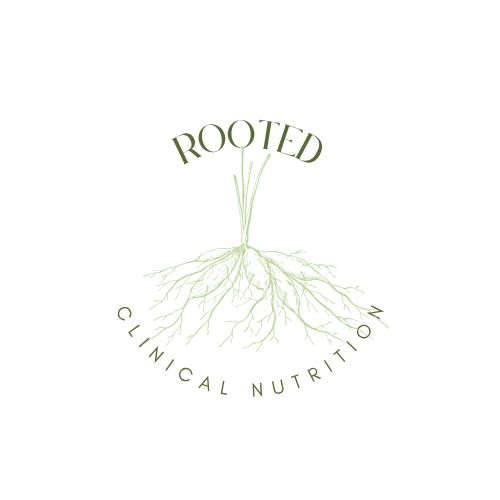Malnutrition Prevention Tips for Older Adults
As we age, our risk of malnutrition increases due to a variety of factors. Foods that were once loved may not taste or smell the same. Decreased function of the digestive system, GI problems, and oral health issues might affect appetite and desire to eat. Malnutrition can lead to health concerns and poor quality of life, but there are steps we can take to prevent these negative effects.
Risk Factors and Strategies for Malnutrition Prevention:
1. Foods taste and smell different
It’s normal for your sense of taste and smell to change as we age, but it’s important to enjoy your meals despite the change. Try adding fresh herbs, new spices and citrus juices to your meals to enhance flavor.
2. Loss of appetite
Medication side effects, chronic disease, and changes in metabolism can all contribute to loss of appetite. Try adding more physical activity into your daily routine. Low impact exercises like walking, water aerobics, swimming, or other forms of exercise will increase your appetite and have many other benefits too.
3. Loss of motor control
Physical issues from health problems such as Parkinson’s disease, stroke, arthritis, or osteoporosis can make it hard to feed yourself. An occupational therapist can help you restore or make modifications necessary to prepare food and feed yourself independently.
There are many resources and programs to help provide healthy, nutritious foods to senior citizens across America. Kentucky River Foothills operates 4 aging programs and 2 of these centers are located right here in Madison County:
-
801 Brighton Ave.
Richmond, KY 40475
(859) 623-0474
-
214 W. Jefferson Street
Berea, KY 40403
(859) 986-8350
These senior centers are funded by the United Way of the Bluegrass and are free to adults ages 60 and older in the community. Lunch is provided at no cost Monday - Friday at 11:30am. Other services provided by these two centers include:
Recreation – health programs, social events, day trips, luncheon gatherings, potlucks, holiday parties, bingo, card groups, games, puzzle collections, craft room and exercise room
Transportation
Other – health screening, income tax preparation, utility assistance, educational programs, information and referrals
Home Delivered Meals – if you are not able to attend to health complications, staff will deliver meals and complete wellness checks also. Most are eligible for this program at no-cost to them, call the center to sign up.
Website link for both senior centers is: https://foothillscap.org/programs/aging-services/#
3 Tips to Make Eating Alone More Fun!
1. Make a new recipe: trying different foods and ingredients can be exciting and you may find a new favorite food!
2. Try eating at a new restaurant: if you don’t want to cook, going to a new restaurant could be a fun experience within a different setting.
3. Make your meal an important part of your day: plan a time of day to eat your meal, set the table, use a fancy plate or silverware, light a candle or play music in the background to set the scene and give yourself the attention you deserve!
References:
Brown, J. Nutrition Through the Life Cycle. 7th ed. Cengage Learning; 2020.
Overcoming roadblocks to healthy eating. National Institute on Aging. Accessed December 21, 2023. https://www.nia.nih.gov/health/healthy-eating-nutrition-and-diet/overcoming-roadblocks-healthy-eating.

